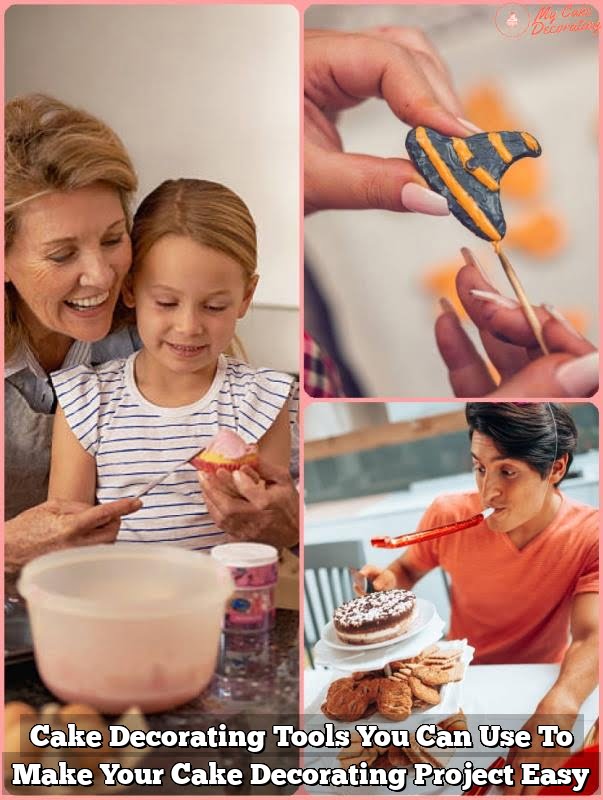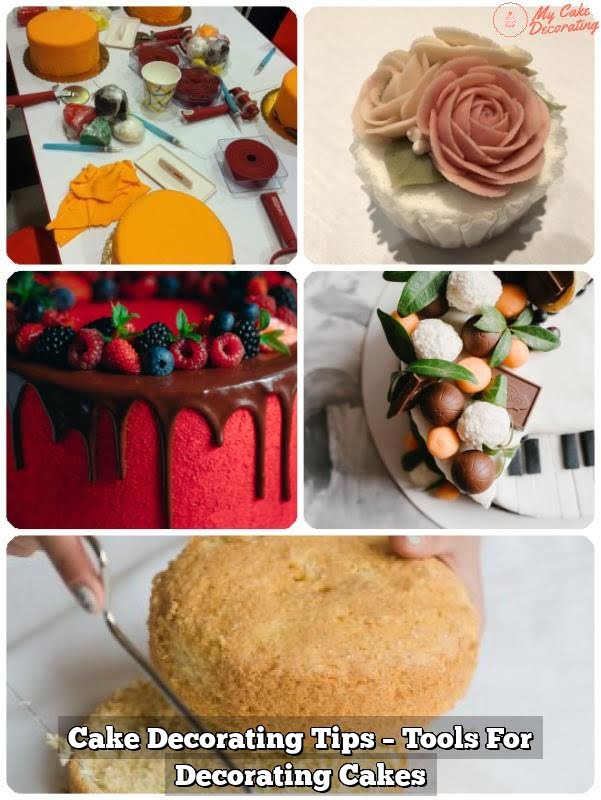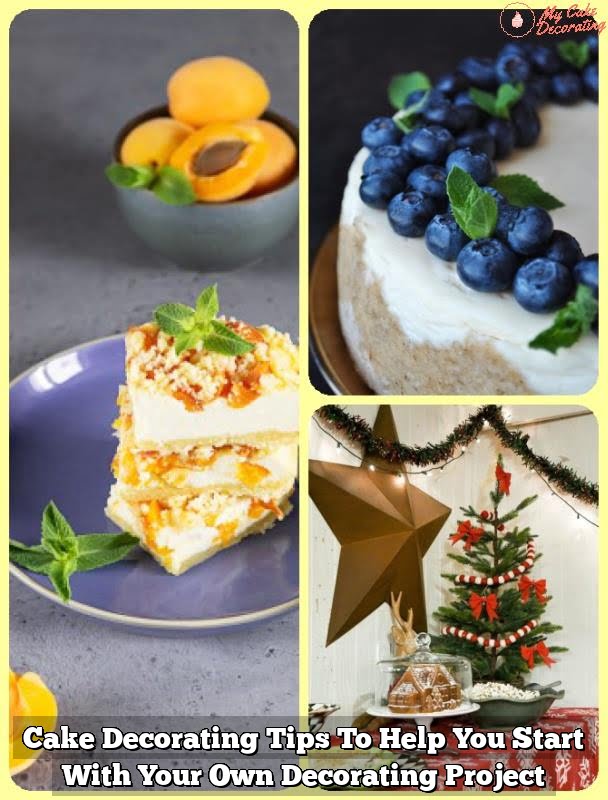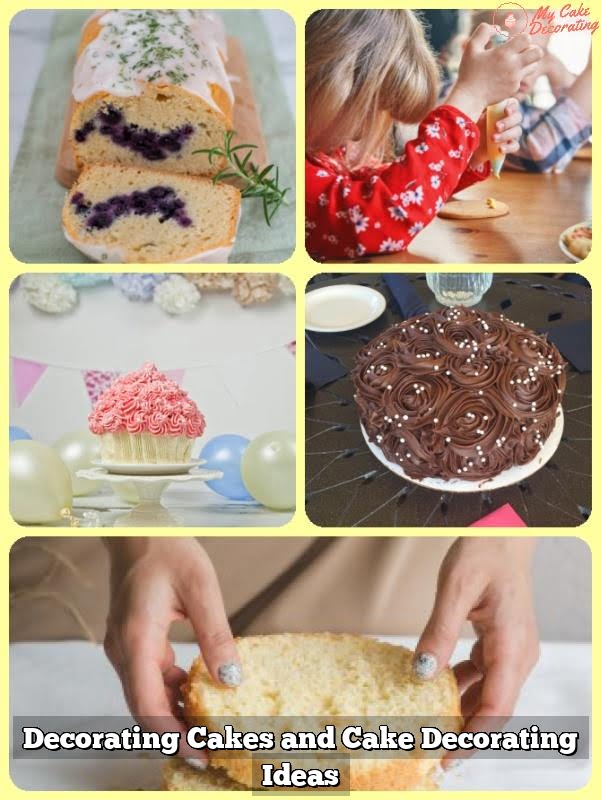Is cake decorating an art? The elaborate designs, intricate details, and creative flair that go into decorating a cake certainly suggest so. In this article, we will delve into the world of cake decorating as an art form, exploring its history, the creative process behind it, the skills and techniques required, and its significance as a form of self-expression.
Cake decorating has evolved significantly over time, from simple adornments in ancient times to the elaborate masterpieces seen in modern-day bakeries. The ability to transform a plain cake into a work of art requires not only technical skill but also a keen eye for design and creativity. Each cake tells a unique story and reflects the artistic vision of its creator.
The art of cake decorating involves more than just frosting and fondant – it is a way for artists to express themselves and showcase their talents. Just like any other art form, cake decorating allows individuals to explore their creativity, experiment with different styles and techniques, and push the boundaries of what is possible. As we explore the world of cake decorating further in this article, we will discover how it serves as a platform for artistic expression and innovation.
History of Cake Decorating
The history of cake decorating is a rich tapestry that dates back to ancient times. The art of embellishing baked goods can be traced to the Egyptians, who were believed to be the first civilization to create sweet treats. As civilizations evolved, so did the techniques and styles of cake decorating. In medieval Europe, elaborate sugar sculptures and marzipan decorations adorned cakes at royal banquets, showcasing the talent and creativity of artisans.
During the Renaissance period, cake decorating became more intricate and ornate as sugar became more readily available. Intricate designs such as flowers, fruits, and intricate patterns were crafted with precision by skilled bakers and confectioners. The Industrial Revolution brought mass production of cakes and pastries, leading to standardized designs that were accessible to a wider audience.
In modern times, cake decorating has become an art form that blends tradition with innovation. With the rise of social media platforms like Instagram and Pinterest, amateur bakers and professional cake artists alike showcase their creations to a global audience.
Cake decorating competitions on television have also brought this art form into the mainstream, highlighting the extraordinary skills and creativity required to create stunning edible masterpieces. Undoubtedly, cake decorating is an art that requires not only technical skill but also a keen eye for design and aesthetics.
| History Milestones | Description |
|---|---|
| Ancient Times | Egyptians were among the firsts to create sweet treats with decorative elements. |
| Medieval Europe | Elaborate sugar sculptures adorned cakes at royal banquets. |
| Renaissance Period | Intricate designs like flowers and fruits appeared in cake decorations. |
The Creative Process Behind Cake Decorating
From Inspiration to Creation
The creative process behind cake decorating is a fascinating journey that begins with a spark of inspiration. Whether it comes from nature, architecture, fashion, or even a client’s specific request, cake decorators draw ideas from a wide range of sources to bring their creations to life. This initial stage often involves sketching out designs, selecting color schemes, and visualizing the final product before getting started on the actual cake.
Once the concept is clear, the decorator moves on to the planning phase, which includes choosing the appropriate ingredients, tools, and techniques needed to execute the design. From ensuring that the right texture of icing is used for intricate piping work to selecting edible embellishments that will enhance the overall aesthetic, every decision made during this stage plays a crucial role in shaping the final outcome of the decorated cake.
The Art of Precision and Patience
Cake decorating requires a high level of precision and patience as decorators meticulously work on each detail to achieve perfection. From perfectly smooth fondant surfaces to intricate sugar flowers delicately crafted petal by petal, every element of cake decoration demands careful attention and skillful execution. Every stroke of a piping bag or brush reflects the decorator’s expertise and dedication to their craft.
As different techniques are employed – such as sculpting, painting with edible colors, or creating intricate patterns with stencils – the creative process unfolds layer by layer, transforming a simple baked good into a stunning work of art that not only looks beautiful but also tastes delicious. The ability to bring together aesthetics and flavors harmoniously is where cake decorating truly shines as an art form that engages all senses simultaneously.
The Emotional Connection Through Cake Decoration
Beyond being visually appealing and technically impressive, cake decorating also holds emotional significance for both creators and recipients. For decorators, each creation represents a piece of themselves embedded in sugar and flour – a reflection of their passion for artistry and creativity.
On the other hand, recipients often feel touched by the effort put into creating a personalized cake that celebrates special moments in their lives. This emotional connection adds depth to the artistic value of cake decorating as it goes beyond mere aesthetics to evoke feelings and memories through edible masterpieces.
Through the meticulous process of conceptualizing, planning, executing, and delivering cakes filled with meaning and creativity,is cake decorating an art form that embodies beauty in both form and flavor.
Skills and Techniques Required for Cake Decorating
Cake decorating truly is an art that requires a unique set of skills and techniques to master. Whether you are a beginner or a seasoned professional, these are some of the essential abilities needed to create stunning cake designs:
- Piping Techniques: Mastering different piping tips and bags to create intricate designs such as rosettes, borders, and flowers is crucial for any cake decorator.
- Fondant Work: Working with fondant allows for more creative freedom in terms of shaping and sculpting cakes. Understanding how to cover a cake smoothly, create realistic figurines, and intricate details with fondant is a valuable skill.
- Color Theory: Knowing how to mix colors effectively and understanding the psychology behind color choices can significantly impact the overall aesthetics of a decorated cake.
Additionally, having good hand-eye coordination, attention to detail, patience, and creativity are all essential traits for successful cake decorators. It is not just about making a cake look beautiful; it’s about combining artistic vision with technical skill to bring edible works of art to life.
Cake decorating also involves understanding various tools and equipment used in the craft. From spatulas and offset knives for smoothing frosting to specialized tools like edible paintbrushes and airbrush machines for more intricate designs – knowing how to use these tools effectively can elevate the final result of your creations. Practice and experimentation are key in honing these skills over time.
Cake Decorating as a Form of Self-Expression
Cake decorating is not just about creating visually appealing cakes; it is also a form of self-expression for many individuals. When a cake decorator begins the creative process, they are able to infuse their own personality, style, and emotions into their work. Whether it’s through the choice of colors, the design elements, or the overall theme of the cake, decorators can use this art form as a way to express themselves and communicate with others.
Emotional Expression
Expressing emotions through cake decorating is a powerful way for decorators to connect with their audience. Whether it’s celebrating joyous occasions like birthdays and weddings or expressing sympathy during challenging times, cakes can convey a wide range of emotions. By incorporating personal touches, such as favorite colors, symbols, or designs that hold special meaning, decorators are able to create cakes that truly reflect their feelings and sentiments.
Cultural and Personal Influences
Furthermore, cake decorating allows individuals to draw inspiration from their cultural background or personal experiences. Decorators can incorporate traditional symbols, motifs, or techniques that represent their heritage into their cakes. Additionally, they may be influenced by their own interests, hobbies, or memories when designing a cake.
This blend of cultural and personal influences adds depth and authenticity to the artwork created by cake decorators. Overall, cake decorating acts as a canvas for self-expression where decorators can showcase their creativity and individuality in edible form.
Famous Cake Artists and Their Masterpieces
Cake decorating is recognized as a form of art that allows for creativity and self-expression in various forms. Just like traditional artists, cake decorators utilize different techniques, tools, and mediums to create edible masterpieces that astonish and delight viewers. Some cake artists have gained worldwide recognition for their exceptional skills and innovative designs, setting the bar high for aspiring decorators.
One such renowned cake artist is Ron Ben-Israel, often referred to as the “Manolo Blahnik of wedding cakes.” His intricate sugar flowers and impeccable attention to detail have earned him a stellar reputation in the industry. Another notable figure is Duff Goldman, known for his out-of-the-box creations on the popular TV show “Ace of Cakes.” His unconventional approach to cake decorating has inspired many enthusiasts to think beyond traditional designs.
These talented individuals push the boundaries of what is possible with cake decorating, using it as a platform to showcase their artistic vision. From sculpted cake replicas of famous landmarks to gravity-defying structures that challenge the norms of traditional baking, these masterpieces prove that cake decorating is indeed an art form worth celebrating and admiring.
| Famous Cake Artist | Notable Masterpiece |
|---|---|
| Ron Ben-Israel | Intricate sugar flowers wedding cakes |
| Duff Goldman | Out-of-the-box creative designs on “Ace of Cakes” |
The Intersection of Cake Decorating and Other Art Forms
Cake decorating is a versatile art form that intersects with various other artistic disciplines, creating unique and visually stunning creations. Whether it’s combining elements of painting, sculpture, or even architecture, cake decorators often draw inspiration from different art forms to elevate their designs to new heights. The fusion of cake decorating with these other art forms opens up endless possibilities for creativity and innovation in the world of confectionery art.
To illustrate the intersection of cake decorating with other art forms, consider the following examples:
- Painting: Many cake decorators use techniques such as airbrushing and hand-painting to create intricate designs on cakes, much like a traditional painter would on canvas.
- Sculpture: Fondant and gum paste are commonly used in cake decorating to sculpt lifelike figures and intricate details, resembling the work of a sculptor shaping clay or marble.
- Architecture: Tiered cakes require careful planning and structural design, similar to constructing a building. Cake decorators often employ engineering principles to ensure their creations are not only visually appealing but also stable.
By integrating elements from various art forms into their craft, cake decorators are able to push boundaries and challenge traditional notions of what is possible in edible art. This cross-pollination of artistic disciplines not only enhances the aesthetic appeal of cakes but also elevates them to the realm of fine art. Ultimately, the intersection of cake decorating and other art forms enriches the creative process and inspires both artists and admirers alike.
The Future of Cake Decorating
Cake decorating has come a long way from its humble beginnings, evolving into a thriving art form that continues to captivate audiences around the world. As we look towards the future of cake decorating, it is clear that there are exciting trends and innovative techniques on the horizon that are shaping the industry in new and unique ways.
One of the key trends in cake decorating is the incorporation of technology into design and creation processes. With the advancement of 3D printing technology, cake artists are now able to bring intricate and detailed designs to life on their creations like never before. From personalized cake toppers to elaborate structures made entirely out of edible materials, technology is pushing the boundaries of what is possible in cake decorating.
Another trend that is gaining momentum in the world of cake decorating is sustainability. With an increased focus on environmental consciousness, many cake artists are exploring eco-friendly ingredients and packaging options for their creations.
From using locally-sourced organic ingredients to reducing food waste through innovative design techniques, sustainability is becoming a key consideration for those in the cake decorating industry. This focus on sustainability not only benefits the environment but also adds another layer of creativity and innovation to the art form.
Conclusion
In conclusion, it is unequivocal that cake decorating is indeed an art form. Throughout history, from ancient times to the modern-day, individuals have utilized their skills and techniques to create intricate and visually stunning edible masterpieces. The creative process behind cake decorating involves a unique blend of artistic vision, precision, and craftsmanship that parallels other traditional art forms.
The skills and techniques required for successful cake decorating are extensive and include mastery of various tools, ingredients, and methods. From piping intricate designs to sculpting fondant figures, cake artists must possess a keen eye for detail and a steady hand to bring their creations to life. These abilities require practice, patience, and a deep understanding of color theory, composition, and design principles.
Furthermore, cake decorating serves as a form of self-expression for many individuals. Whether creating cakes for special occasions or entering competitions to showcase their talents, cake artists use this medium as a canvas to convey their emotions, creativity, and personal style. The intersection of cake decorating with other art forms such as painting, sculpture, and fashion only further solidifies its status as a legitimate form of artistic expression in today’s society.
Frequently Asked Questions
Is Cake Making an Art?
Cake making can be seen as an art form due to the creativity, skill, and personal touch that goes into creating a cake. Bakers often use unique techniques and designs to produce visually stunning and delicious creations.
Why Decorating Cakes Is Considered an Artistic Work?
Decorating cakes is considered an artistic work because it involves using different tools, colors, textures, and techniques to create visually appealing designs. Cake decorators often draw inspiration from various sources such as nature, fashion, art, and pop culture to create unique and intricate designs that showcase their creativity and skill.
Is Cake Decorating Considered a Craft?
Cake decorating can be considered a craft because it requires a certain level of skill, precision, and technique to execute properly. Craftsmanship is essential in cake decorating to ensure that the final product meets the desired aesthetic standards. Additionally, cake decorating often involves learning specific techniques and methods that are perfected over time through practice and experience.

Welcome to my blog about home and family. This blog is a place where I will share my thoughts, ideas, and experiences related to these important topics. I am a stay-at-home mom with two young children. I hope you enjoy reading it! and may find some helpful tips and ideas that will make your home and family life even better!





